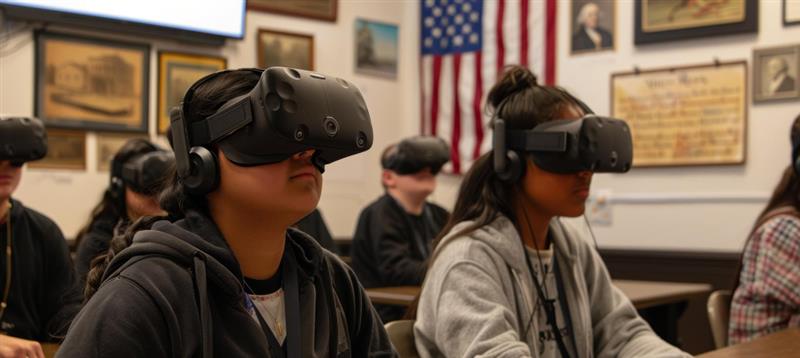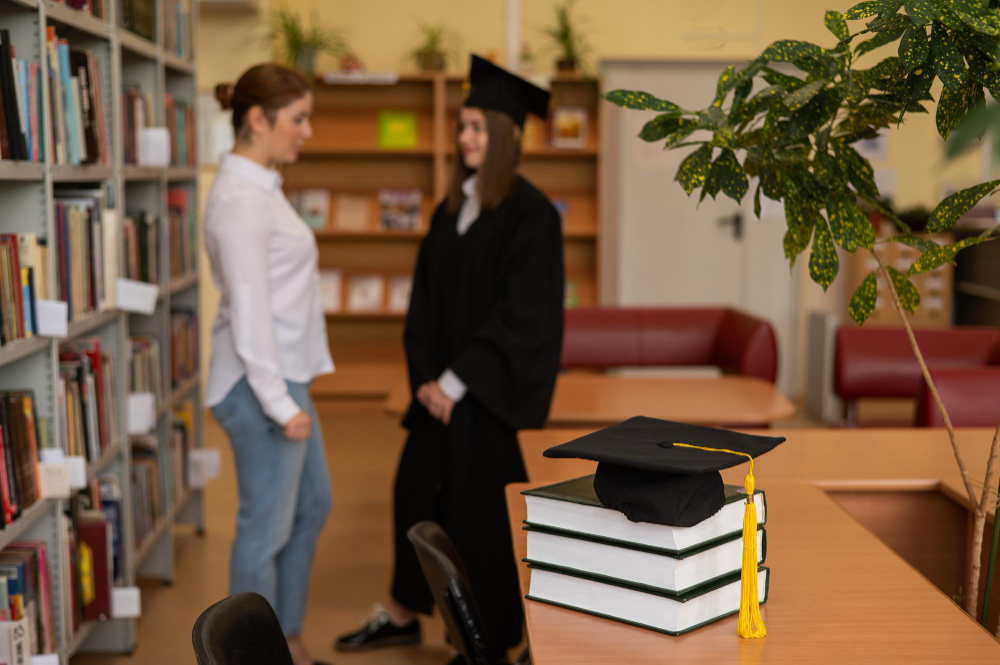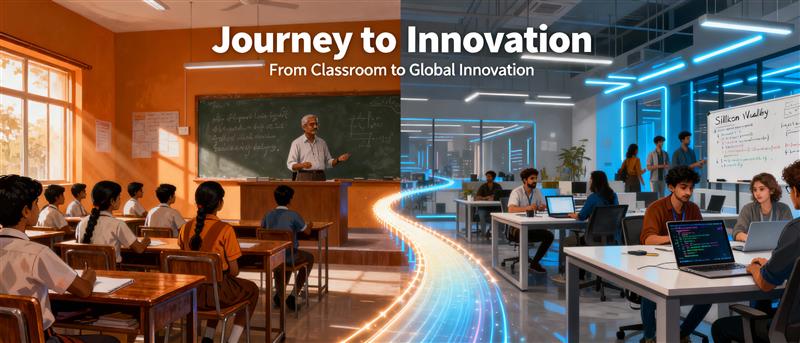Learning is changing in many small but steady ways. Most classrooms still look familiar at first glance. Students gather around desks. Teachers explain lessons. Families hope their children get the support they need. But behind this familiar scene, a quiet shift is happening. Digital tools are becoming part of everyday learning, and schools are trying to understand how to use them in a simple and helpful way.
This change did not happen all at once. It grew year by year as schools looked for better ways to keep students involved. Some students learn well through conversation. Some learn better when they can watch a short video. Others need tools that break lessons into smaller pieces.
EdTech tools help teachers reach students who learn differently. In fact, 30% of students use AI daily. They make it easier to offer small adjustments without changing the entire lesson plan.
A Slow but Steady Shift
Schools across the country are trying to understand what their students respond to. Many teachers use digital tools to keep track of student progress.
Students also use more online support than before. Many of these digital tools help with homework or test practice. Some help build confidence in reading or math. Students who struggle with traditional lessons often find these platforms easier to follow. Recent research shows that 64% of teachers report their students use AI tools to generate written assignments.”
Teachers appreciate these tools because they make it easier to prepare lessons. Instead of writing every worksheet from scratch, teachers can use digital templates or short interactive tasks. Many schools that do not have strong financial support now receive access to these tools through state programs or grants. This gives more students a fair chance to learn with updated resources.
The Classroom Experience is Becoming More Flexible
One noticeable change is how students interact with lessons. Some classrooms use digital boards where teachers write, draw, and show short videos. Students sometimes work on tablets or laptops for short activities. They move between group work, hands-on tasks, and digital assignments. The day feels more flexible and less tied to a single way of teaching.
Technology also helps teachers study what their students need. Many digital tools show real-time progress. Teachers could see which student needed help and could respond sooner. This kind of support helps students feel seen and understood.
Not every student needs the same amount of help. EdTech tools make it possible to adjust lessons quietly, without drawing attention to the student who needs more time. This creates a more comfortable environment for learning.
Helping Students Build Practical Skills
Schools want students to leave with practical skills they can use in the real world. EdTech tools support this by offering activities that feel closer to real situations. Virtual science labs let students experiment without worrying about lab materials. Coding games help them understand logic. Small simulations help them understand subjects like history or economics.
These tools do not replace teacher-led lessons. They simply make complex topics easier to understand. Students can try the activity again if they make mistakes. This builds confidence and allows them to learn at their own pace.
A Strong Focus on Student Well-Being
Schools are talking more about student well-being today than ever before. Many districts use digital check-in tools that ask students simple questions about how they feel. These tools do not diagnose anything. They just help teachers notice patterns. If a student feels stressed or disconnected, teachers can offer help before the problem grows.
Families also get more updates now. Digital communication systems make it easier for parents to see progress, upcoming tests, or class announcements. These systems keep families involved and aware of what students are learning.
EdTech is not only for academic progress. It supports emotional and social well-being, which plays a large role in how students learn.
How Acacia University Helps Educators Understand This Shift
Many teachers want to use technology but feel unsure about where to start. Acacia University focuses on this practical need. The programs are built around real classroom challenges. Teachers learn how to choose the right tools instead of trying everything at once. They also learn how to keep lessons personal, even when technology is involved.
Acacia University’s faculty studies how students respond to learning tools. They look at whether a tool helps or distracts. They look at how teachers use technology in different kinds of schools. These insights help shape the coursework, so teachers feel prepared for changing classrooms.
The goal is not to use technology for every activity. The goal is to use it where it makes learning easier.
What people want to know about EdTech in 2026
These questions often come up in conversations about EdTech:
Will technology replace teachers? No. Technology does not replace human guidance. Students still depend on their teachers for direction, support, and understanding. Technology is simply a tool that supports teaching.
Is EdTech too expensive for small or rural schools?
Many affordable tools exist. Grants and state funds also help schools that have fewer resources. Nonprofit groups offer free versions of learning platforms. Many schools with fewer resources use these options successfully.
Are students spending too much time in front of screens?
Schools are careful about this. Many teachers use digital tools only for certain parts of the lesson. Students still read books, do group projects, and take part in hands-on activities.
Across the country, schools are exploring new digital tutoring systems that offer simple explanations for difficult topics. Some districts are expanding digital literacy programs so that students learn how to use technology responsibly. There is also more attention on cybersecurity because student data must be protected as more digital tools enter the classroom.
States are testing different approaches. Some are offering grants for schools to experiment with new learning tools. Others are training teachers on how to blend technology with traditional teaching. These steps show how seriously schools are taking the role of EdTech in the coming years.
Looking Toward 2026
Schools in 2026 will continue moving toward flexible learning. Lessons will not follow one single pattern. Students will learn in ways that match their strengths. Teachers will have tools that make their work simpler and more targeted. Families will stay more informed.
Acacia University helps educators prepare for this future. The programs teach practical skills that teachers can use right away. The focus is on confidence, clarity, and purpose.
Teachers who want to understand these changes and use technology with confidence can explore Acacia University’s educational degree programs. The courses offer practical lessons, simple explanations, and strategies that work in real classrooms. Educators can take the next step by visiting Acacia University and learning more about how to prepare for the future of teaching.









